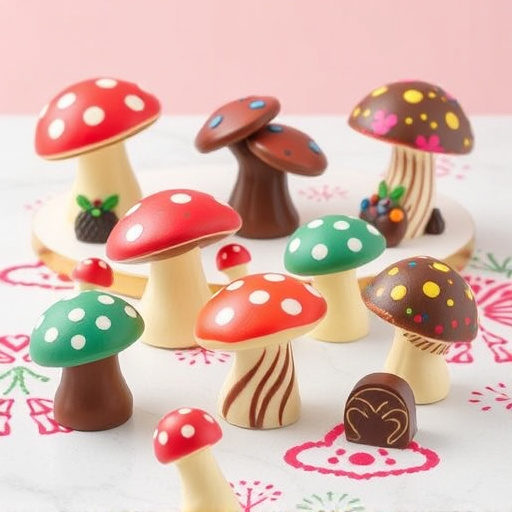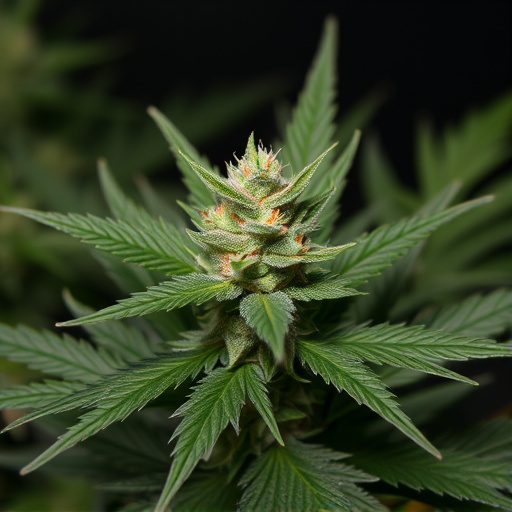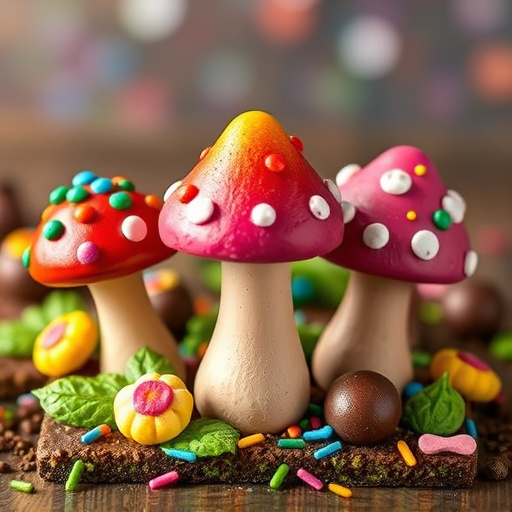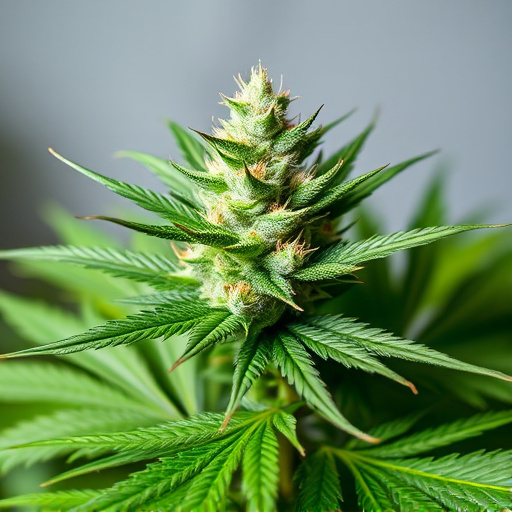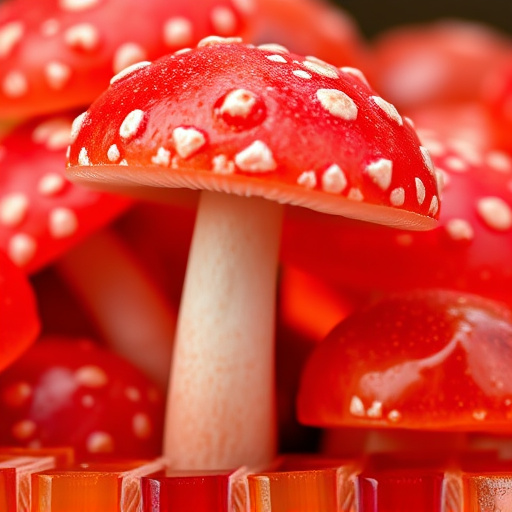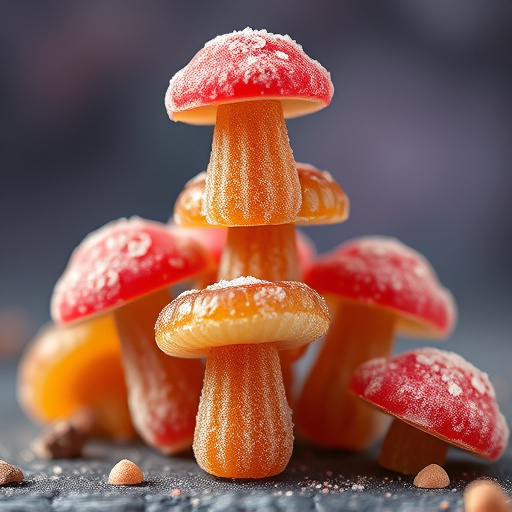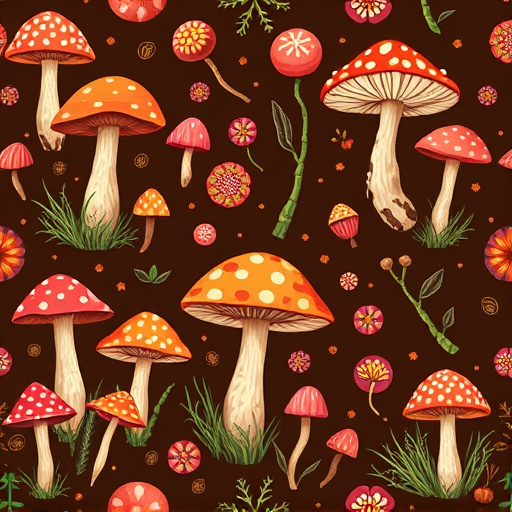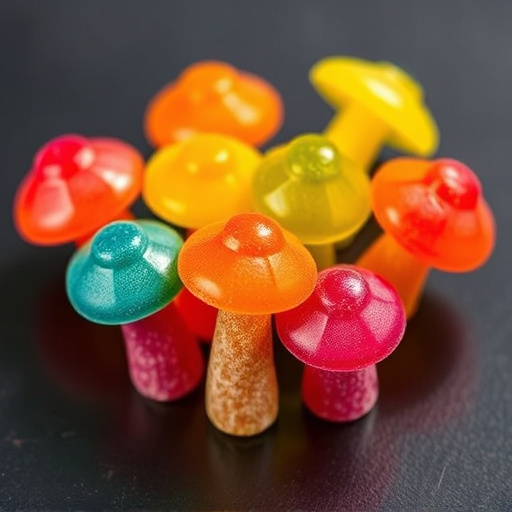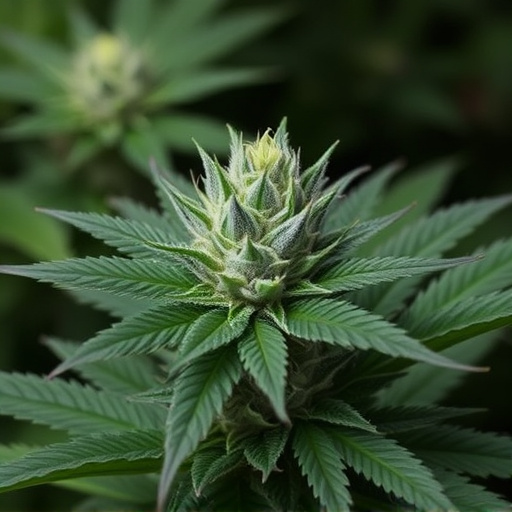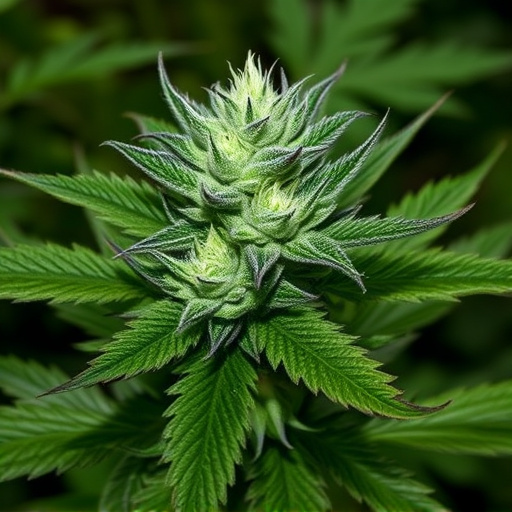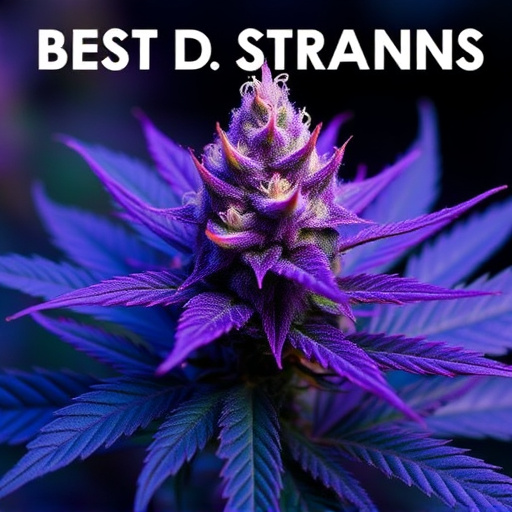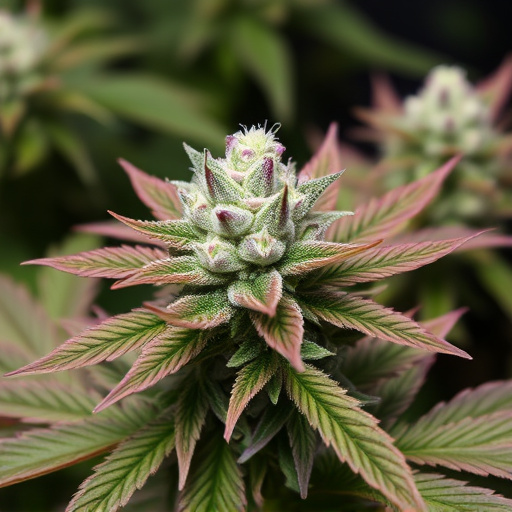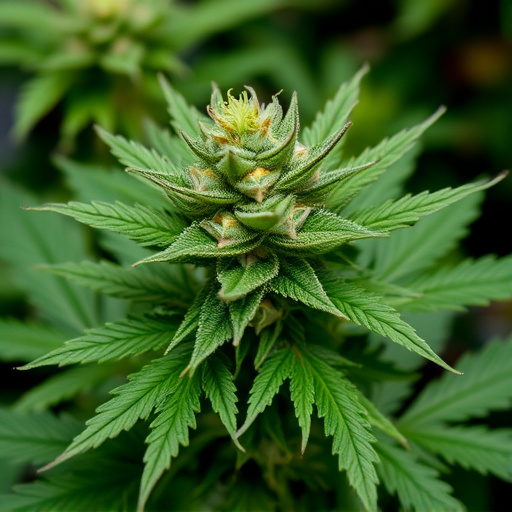The science behind cannabis colors reveals a complex interplay between chemistry, light, and human perception. While colors like rich greens indicate higher THC levels and purples suggest therapeutic terpenes, they are not sole potency indicators. Visual characteristics, combined with scientific analysis, help identify best pot strains' potential effects. Research shows that color associations influence users' expectations of potency and flavor, empowering informed decisions for an enhanced cannabis experience.
“Uncover the intriguing connection between color and cannabis potency—a topic that goes beyond mere aesthetics. This article delves into the scientific basis for why certain strains exhibit distinct colors and how this correlates with their perceived (and actual) levels of THC and CBD. We explore the most sought-after ‘best pot strains’ and their visual cues, providing insights into what makes them popular. Additionally, we investigate the role of color perception in cannabis consumption.”
- The Science Behind Color and Cannabis Potency
- Popular Best Pot Strains and Their Visual Cues
- Exploring the Perception of Color in Cannabis Consumption
The Science Behind Color and Cannabis Potency
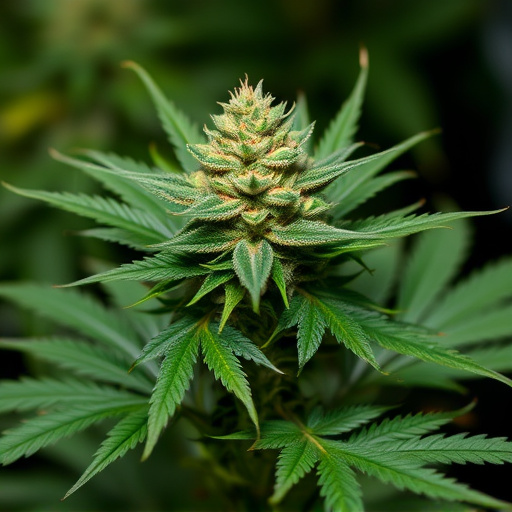
The science behind color and cannabis potency reveals a complex interplay between chemistry, light spectrum, and human perception. Cannabis plants naturally produce a wide array of compounds, including cannabinoids and terpenes, that contribute to its unique effects and aroma. The color of the final product is influenced by these compounds and their interaction with light. Studies have shown that different wavelengths of light can enhance or alter the perceived potency and flavor profile of cannabis strains.
When it comes to best pot strains, the vibrant hues often correspond to specific cannabinoid profiles. For instance, rich greens may indicate higher levels of THC, while purples or blues could suggest the presence of rare terpenes known for their therapeutic benefits. However, it’s essential to remember that color alone is not a reliable indicator of potency; rather, it offers a visual clue that, when combined with scientific analysis, can provide a more comprehensive understanding of a cannabis strain’s potential effects.
Popular Best Pot Strains and Their Visual Cues

When it comes to cannabis, visual cues play a significant role in understanding potential potency and effects. While lab tests provide precise numerical data on THC and CBD levels, certain strains have developed distinct visual characteristics that offer valuable insights into their composition. Among the most sought-after best pot strains, visual cues like vibrant green hues, heavy trichome coverage, and unique bud structures can indicate higher concentrations of cannabinoids.
For example, popular strains like Blue Dream, known for its intense aroma and potent effects, often showcase a beautiful blue-green color with dense, sticky buds. Similarly, Granddaddy Purple, renowned for its relaxing properties, is characterized by deep purple tones and a thick layer of white trichomes. These visual cues not only make identifying high-quality strains easier but also give consumers a preliminary idea of what to expect in terms of potency and the specific effects they might experience.
Exploring the Perception of Color in Cannabis Consumption
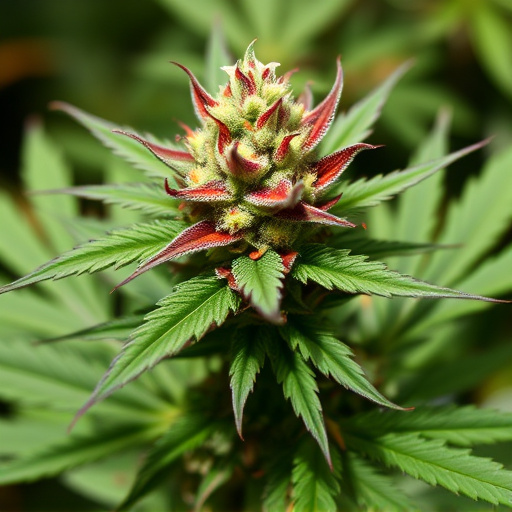
The perception of color in cannabis consumption is an intriguing aspect that often goes unnoticed among users. While many appreciate the diverse hues and their aesthetic appeal, especially when it comes to top-rated pot strains, research suggests that color can influence how individuals perceive the potency and flavor of cannabis.
Studies have shown that certain colors are associated with specific sensory experiences. For instance, brighter, more vibrant hues might be linked to higher expectations of potency, while deeper, richer shades could evoke a different sensory profile. This psychological effect could impact consumer choices when selecting from a variety of best pot strains. Therefore, understanding the role of color in cannabis consumption can enhance the overall experience and help users make informed decisions when exploring different strains.
While the science behind color’s direct impact on cannabis potency is still evolving, numerous factors indicate that visual cues can indeed influence consumer perception and preference. Understanding the relationship between color and perceived potency can help consumers make informed choices among the diverse array of best pot strains available. Moreover, recognizing these visual signals encourages a more conscious and enjoyable cannabis consumption experience.
